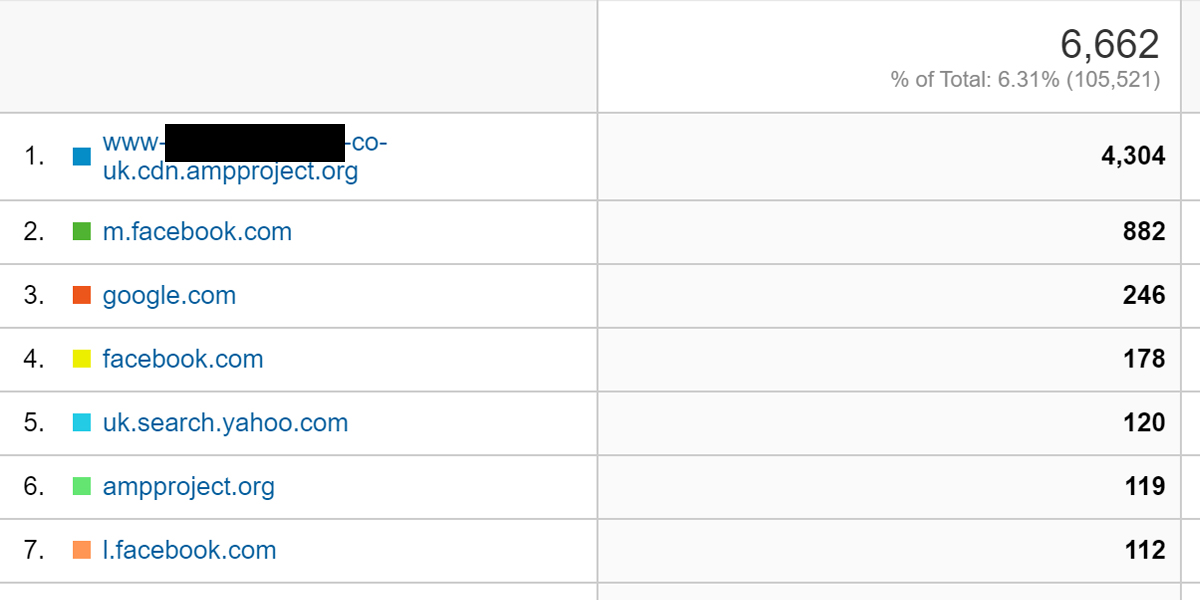Why AMP is making a big noise in mobile optimisation
Ever done a web search on your phone, then clicked on a link only to sit there watching the screen spool for what seems like an eternity before the page finally opens? Chances are you gave up and tried another site. It’s a common problem that costs businesses millions in lost sales. Or, perhaps you have a great product but aren’t getting the exposure you need to attract consumers? Thanks to AMP, a mobile optimisation project set up by Google, your access to potential new clients can be greatly improved. Here’s how…
What is AMP?
AMP, which stands for accelerated mobile pages, is an open source framework developed by Google to optimise the mobile user experience. AMPs allow users to access pages that contain the same content as a regular web page, but which have been specifically designed for mobile devices. The framework essentially creates a streamlined version of the page that enables almost instantaneous loading from Google Search.
How does it work?
Well, there’s a lot of clever Google technology in the background but, basically, it simplifies the code that is presented to the mobile device. For example, most websites include assets and scripts that download sequentially. If one component, such as an advert, blocks the rendering of the page, it will not open until the ad is fully available. AMPs, however, use their own scripts and components, which all load in parallel. None of the content is blocked and the page loads almost immediately. This and other AMP components mean that by limiting the functionality that the page contains, it is much, much faster.
So, you build a standard template for desktop and mobiles and then take that information to build a stripped-back design for the AMP version. The latter only appears in a mobile search and can be identified by a lightning bolt tag next to the link. This means a Google search on a desktop will produce a slightly different order of results to one on a mobile device, as Google prioritises all AMP sites, listing them first.
Why does it matter to our clients?
Speed is imperative when it comes to online searching. How long will you wait for a page to open? Ten seconds, 20? A BBC report found that most of us give up after just three. And, according to digital performance measurement firm Dynatrace, just a half second difference in page load times can make a 10% difference in sales for an online retailer. A slow web browsing experience means businesses lose potential customers even before they’ve had the chance to wow them with their product. AMP’s faster load time leads to better engagement with your content, which convinces visitors to stay longer on your site and reduces bounce rates.
But a fast load won’t be much help if your website doesn’t rank high enough in a Google search to get noticed in the first place (75% of people will not scroll past the first page). AMP enables clients to potentially receive better search ranking for pages on a mobile device than they do on a desktop for exactly the same search. It means that smaller companies working in highly competitive markets can now actually rank above much larger organizations that do not use AMP technology.
We’ve already seen the results and our clients are reaping the rewards. One has benefited from a 40% increase in traffic for key words that previously didn’t rank well. And, more traffic means more potential sales. It’s also worth noting that users are not limited to the slimmed-down version of a webpage. Once they open an AMP, any links within redirect them to the site’s ‘full fat’ version, so to speak. So, AMP is an easy gateway from a mobile device.


Evidence of extra traffic derived from AMP templates.
Why should others be interested?
Mainly because, in today’s extremely competitive online markets, every opportunity that a business has to perform better than the competition in a search is one they should grab with both hands. AMP can give you that technological advantage and once you’ve built it, it will work for you 24/7 365 days a year. It’s all about driving traffic without the dreaded jam.





